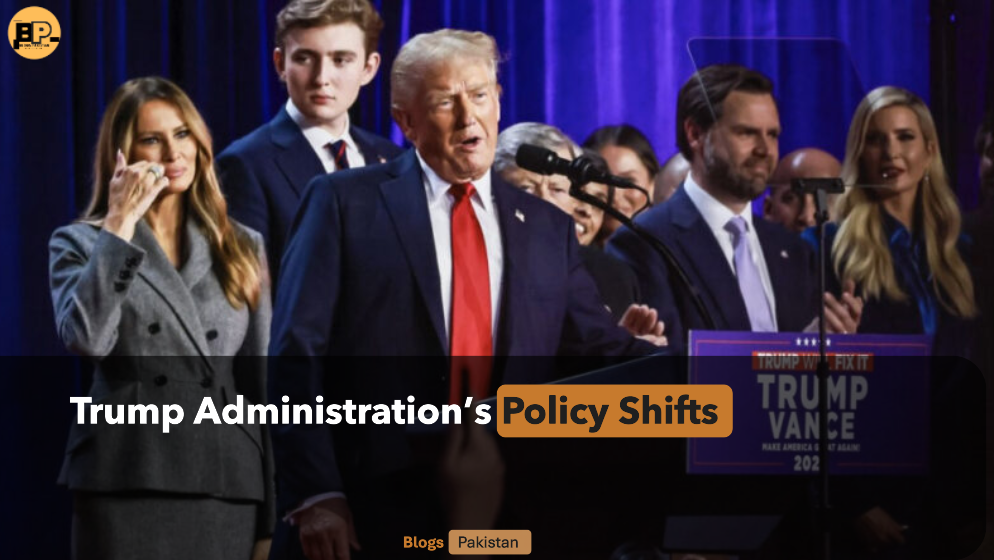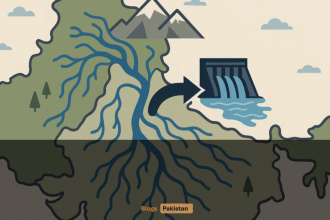Redefining U.S. Immigration Priorities Under Trump
The Trump Administration has once again stirred national and international discourse with its latest immigration policy decision: terminating Temporary Protected Status (TPS) for Afghanistan. Announced by Homeland Security Secretary Kristi Noem, this move underscores the administration’s commitment to recalibrating immigration frameworks to align with evolving geopolitical realities. Concurrently, the administration’s diplomatic overtures in South Asia—specifically regarding the India-Pakistan Kashmir dispute—highlight a strategic blend of hardline domestic policies and assertive foreign diplomacy.
Understanding Temporary Protected Status (TPS)
TPS is a humanitarian program allowing nationals of designated countries facing armed conflict, environmental disasters, or extraordinary conditions to reside and work temporarily in the U.S. Since its inception in 1990, the program has shielded thousands from returning to unsafe environments. Afghanistan was granted TPS in 2022 following the Taliban’s resurgence, which triggered widespread instability.
Why Afghanistan’s TPS Designation Was Terminated
Secretary Noem’s announcement cited “improved security conditions” and a “stabilizing economy” in Afghanistan as key reasons for ending TPS. The designation will officially expire on May 20, 2025, with termination effective July 12, 2025. This decision followed a mandatory interagency review involving the Department of State and U.S. Citizenship and Immigration Services (USCIS).
Key Factors Influencing the Decision
- Security Assessments: Reports indicate reduced nationwide violence and Taliban efforts to project governance stability.
- Economic Indicators: Increased international aid and resumption of limited trade activities.
- Fraud Concerns: Secretary Noem emphasized investigations into TPS-related fraud, citing risks to public safety and immigration system integrity.
Critics argue that these assessments overlook persistent human rights abuses, particularly against women and minorities, and the Taliban’s restrictive governance. Advocacy groups warn that forced returns could endanger Afghan nationals aligned with U.S. interests during the 20-year conflict.
Broader Implications for U.S. Immigration Policy
The Trump Administration has consistently sought to narrow immigration pathways, framing TPS as a temporary solution misused by prolonged designations. Since 2017, the administration has terminated TPS for several countries, including El Salvador, Haiti, and Sudan, affecting over 400,000 individuals.
The “Original Intent” Argument
Secretary Noem reiterated that the decision restores TPS to its “temporary intent,” a recurring theme in the administration’s policy rhetoric. This stance appeals to voters prioritizing stricter immigration controls but faces legal challenges from immigrant rights organizations.
Afghan Nationals in the U.S.: What Happens Next?
Approximately 2,300 Afghan TPS beneficiaries must now decide between returning home before July 2025 or seeking alternative legal statuses, such as asylum or employer-sponsored visas. However, pathways remain limited:
- The asylum process is backlogged, with wait times exceeding five years in some cases.
- Many lack eligibility for employment-based visas due to stringent requirements.
Nonprofits are urging Congress to enact legislation providing permanent residency for Afghan allies, akin to the Afghan Adjustment Act proposed in 2023.
Diplomatic Tightrope: Trump’s Offer to Mediate Kashmir
While immigration policies dominate domestic headlines, the Trump Administration has also intensified its diplomatic engagement in South Asia. Following heightened India-Pakistan tensions over Kashmir, President Trump reiterated offers to mediate—a departure from traditional U.S. neutrality on the issue.
Kashmir: A Decades-Long Flashpoint
The Himalayan region of Kashmir has been a contentious issue since India and Pakistan’s partition in 1947. Both nations claim it in full, administering parts while clashing militarily and diplomatically. Recent skirmishes have raised fears of escalation, prompting international calls for de-escalation.
Trump’s Mediation Proposal: Strategic or Symbolic?
President Trump’s mediation offer aligns with his administration’s transactional diplomacy style. While India has historically rejected third-party involvement, its growing economic clout (as the world’s fifth-largest economy) and strategic partnership with the U.S. complicate its stance.
- India’s Balancing Act: New Delhi seeks global leadership roles but remains wary of external interference in sovereign matters.
- Pakistan’s Perspective: Islamabad welcomes international involvement, leveraging it to highlight Kashmir’s human rights issues.
U.S. Interests in South Asia: Beyond Kashmir
The Trump Administration’s interest in mediation isn’t isolated. It reflects broader goals:
- Countering China: Strengthening ties with India to balance China’s regional influence.
- Security Cooperation: Ensuring Pakistan’s cooperation in counterterrorism efforts.
- Economic Opportunities: Expanding trade with India’s booming tech and manufacturing sectors.
Domestic Reactions to Trump’s Diplomatic Moves
Foreign policy experts remain divided. Proponents argue that U.S. mediation could prevent conflict between nuclear-armed neighbors. Critics caution that overreach might strain relations with India, a key ally in the Indo-Pacific strategy.
The Trump Playbook: Merging Domestic and Foreign Agendas
These dual policy moves—ending TPS and venturing into Kashmir diplomacy—exemplify the administration’s broader strategy:
- Prioritizing National Sovereignty: Framing immigration restrictions as protective measures for American workers and security.
- Assertive Diplomacy: Leverating U.S. influence to address global hotspots, often bypassing multilateral institutions.
Humanitarian Concerns vs. Policy Realities
While the TPS termination aligns with the administration’s immigration objectives, humanitarian groups stress that Afghanistan’s “improvements” remain fragile. The Taliban’s recognition by only a handful of governments and ongoing sanctions complicate economic recovery efforts. Similarly, Kashmir mediation risks oversimplifying a complex issue rooted in historical grievances.
Looking Ahead: The Ripple Effects of Policy Shifts
As the 2025 deadline approaches, Afghan TPS holders face uncertainty, with advocacy groups ramping up lobbying efforts. Meanwhile, the Kashmir proposal tests India’s diplomatic agility and the U.S.’s capacity to broker peace without alienating allies.
For the Trump Administration, these decisions reinforce a legacy of unapologetic policy realism—one that prioritizes immediate national interests while navigating the intricate web of global geopolitics. Whether this approach fosters long-term stability or exacerbates tensions remains a question for history to answer.










